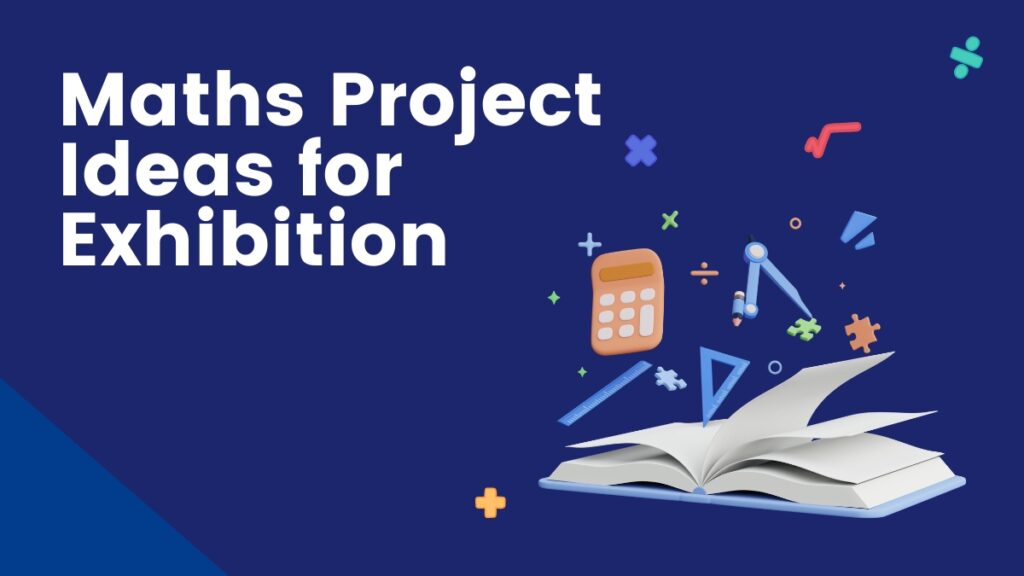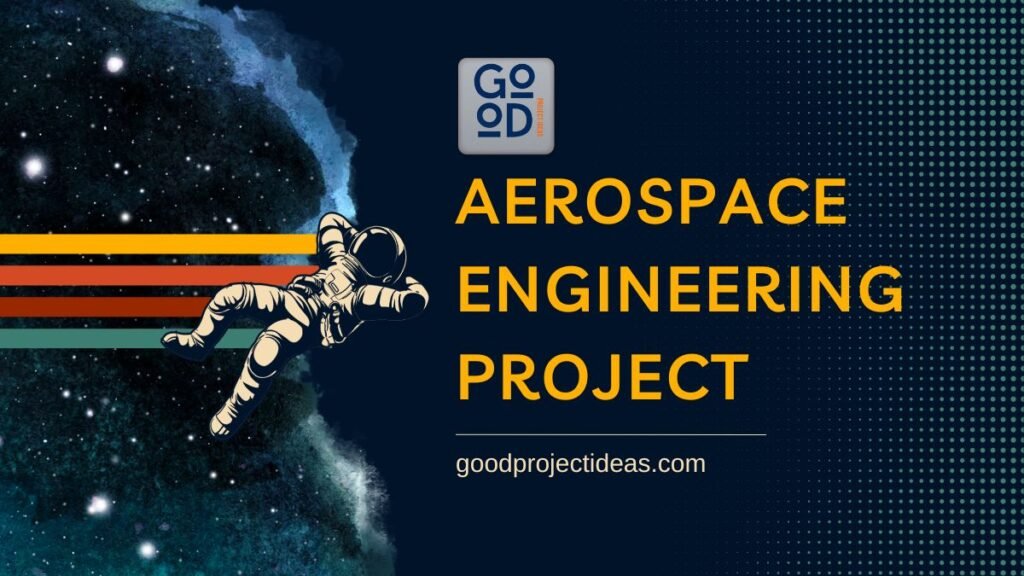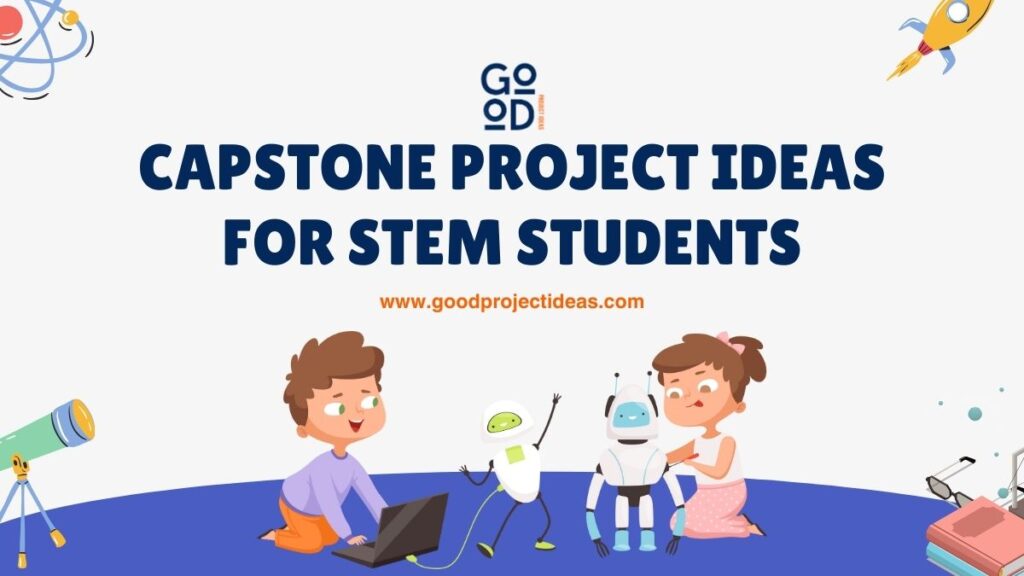Explore fun and creative maths project ideas for exhibition. Engage and inspire with exciting ways to showcase numbers, shapes, and patterns!
So, you might think math is just about numbers and boring formulas, but it’s actually packed with cool and creative ideas! A math exhibition is a great chance to show how exciting math can be—think fascinating shapes, mind-bending patterns, and surprising discoveries.
In this blog, we’ll check out some awesome project ideas that make math come alive. These projects will get you thinking in new ways and maybe even make you fall in love with math.
Ready to dive in? Let’s explore the fun side of math together!
Importance of Maths projects for students
Math projects offer students:
| Aspect | Description |
|---|---|
| Real-World Use | Show how math applies to daily life. |
| Critical Thinking | Build problem-solving skills. |
| Creativity | Inspire creative solutions. |
| Teamwork | Enhance collaboration and communication. |
| Presentation Skills | Improve how to share findings. |
| Confidence | Boost self-esteem with project success. |
| Engagement | Make math more interesting. |
These projects help students appreciate math’s relevance and deepen their understanding.
Benefits of participating in Maths exhibitions
Participating in math exhibitions offers students many benefits:
| Aspect | Description |
|---|---|
| Enhanced Problem-Solving | Boosts critical thinking and analytical skills. |
| Improved Communication | Learn to present math concepts clearly. |
| Increased Creativity | Encourages innovative problem-solving. |
| Boosted Confidence | Success in projects raises self-esteem. |
| Teamwork | Promotes collaboration and cooperation. |
| Real-World Use | Shows practical applications of math. |
| Recognition | Chance to win awards and accolades. |
| Career Exploration | Provides insight into math-related careers. |
| Lifelong Learning | Fosters a love for math and ongoing education. |
| Portfolio Building | Creates a showcase of math skills for future opportunities. |
Math exhibitions help students appreciate the subject and develop key skills for future success.
Understanding Maths Projects
A great math project goes beyond calculations and explores the beauty and application of math.
What Makes a Good Math Project?
- Understanding: Clearly show math concepts.
- Problem-Solving: Use critical thinking and logic.
- Creativity: Find innovative solutions.
- Practical Application: Link math to real-life scenarios.
- Visual Appeal: Make presentations or models engaging.
- Exploration: Encourage curiosity and further inquiry.
Key Elements
- Clear Question: Focus on a specific topic.
- Data Collection: Gather and analyze information.
- Mathematical Modeling: Apply math to real-world situations.
- Problem-Solving: Tackle challenges with math knowledge.
- Communication: Present findings effectively.
These tips help create engaging and effective math projects.
Most Popular Maths Project Ideas for Exhibition
Check out most popular maths project ideas for exhibition:
Geometry and Measurement
3D Models
- Materials: Cardboard, paper, wood.
- Shapes: Cubes, pyramids, spheres.
- Applications: Architectural models, prototypes.
Fractals
- Basics: Self-similarity and iteration.
- Creation: Draw or use software for Mandelbrot or Sierpinski.
- Applications: Nature (e.g., snowflakes), art.
Golden Ratio
- Definition: Ratio of 1.618.
- Art/Architecture: Use in famous works.
- Nature: Examples like shells and flowers.
Map Making
- Tools: Mapping software or drawing.
- Scales: Practice different scales and projections.
- Features: Include landmarks, roads.
Algebra and Number Theory
Number Patterns
- Sequences: Arithmetic, geometric.
- Properties: Convergence, patterns.
- Applications: Population growth, investments.
Cryptography
- Techniques: Caesar ciphers, substitution.
- Encryption: Encode and decode messages.
- Applications: Digital security.
Mathematical Puzzles
- Types: Sudoku, logic riddles.
- Difficulty: Varying levels.
- Solutions: Provide answers and explanations.
Financial Mathematics
- Budgeting: Manage income and expenses.
- Investment: Simulate investments with growth rates.
- Analysis: Review financial outcomes.
Statistics and Probability
Data Visualization
- Types: Bar charts, histograms, pie charts.
- Tools: Excel, Google Sheets.
- Analysis: Extract trends and insights.
Probability Experiments
- Experiments: Dice rolls, coin flips.
- Theory: Compare results with theory.
- Applications: Weather forecasting.
Surveys and Data Analysis
- Design: Create unbiased surveys.
- Collection: Gather responses.
- Analysis: Use statistics to interpret data.
Game Theory
- Models: Prisoner’s Dilemma, Nash Equilibrium.
- Strategies: Develop and analyze.
- Applications: Business, sports.
Calculus and Its Applications
Real-world Calculus
- Physics: Model motion and forces.
- Engineering: Design systems like bridges.
- Economics: Optimize production and pricing.
Calculus-based Models
- Simulations: Model phenomena like traffic flow.
- Models: Develop differential equations.
- Analysis: Make predictions based on results.
Interactive Calculus Demonstrations
- Software: Use Desmos, GeoGebra.
- Concepts: Visualize derivatives, integrals.
- Activities: Manipulate variables, observe.
Interdisciplinary Projects
Math and Art
- Tessellations: Create repeating patterns.
- Geometric Patterns: Draw designs like spirals.
- Integration: Explore math in art.
Math and Music
- Rhythm: Study rhythm patterns.
- Harmony: Analyze note relationships.
- Composition: Create math-based music.
Math and Sports
- Statistics: Analyze performance data.
- Probability: Assess game event likelihood.
- Kinematics: Study movements and optimize.
Maths Project Ideas for Exhibition
Check out maths project ideas for exhibition:-
Geometry
- Origami: Create geometric shapes with paper folding.
- Geometric Art: Design patterns using geometric shapes.
- 3D Models: Build models of geometric solids.
- Fractals: Create and explore fractal patterns.
- Tessellations: Design repeating patterns.
- Golden Ratio: Show its appearance in art and nature.
- Architecture: Analyze geometric shapes in famous buildings.
- Surface Area/Volume: Calculate for different 3D objects.
- Transformations: Demonstrate translations, rotations, and reflections.
- Symmetry: Explore symmetry in nature.
Algebra
- Polynomial Graphs: Visualize polynomial functions.
- Algebraic Puzzles: Create and solve puzzles.
- Cryptography: Use algebra for simple ciphers.
- Real-World Uses: Apply algebra to finance or engineering.
- Graphing Equations: Create graphs for different equations.
- Systems of Equations: Solve and graph systems.
- Algebraic Structures: Explore groups and rings.
- Function Machines: Demonstrate function composition.
- Algebraic Fractions: Simplify and solve problems.
- Inequality Graphs: Graph and analyze inequalities.
Statistics
- Data Visualization: Create charts and graphs.
- Survey Analysis: Analyze survey data.
- Probability Games: Develop games to show probability.
- Statistical Trends: Present trends from data sets.
- Descriptive Statistics: Calculate mean, median, mode.
- Correlation: Show relationships between variables.
- Data Collection: Gather and interpret data.
- Sampling Methods: Demonstrate sampling techniques.
- Probability Distributions: Explore different distributions.
- Inferential Statistics: Perform hypothesis tests.
Number Theory
- Prime Numbers: Explore prime number patterns.
- Magic Squares: Create and solve magic squares.
- Number Sequences: Study sequences like Fibonacci.
- Modular Arithmetic: Show basic modular arithmetic.
- Factorization: Explore prime factorization.
- Divisibility Rules: Demonstrate rules for divisibility.
- Greatest Common Divisor: Find GCD of numbers.
- Perfect Numbers: Investigate examples of perfect numbers.
- Patterns in Nature: Show number patterns in nature.
- Mathematical Games: Create games based on number theory.
Calculus
- Rate of Change: Use graphs to show rates of change.
- Optimization: Solve real-world optimization problems.
- Integration: Visualize area under curves.
- Differential Equations: Model simple differential equations.
- Derivatives: Show how derivatives describe motion.
- Applications: Explore calculus in physics or economics.
- Infinite Series: Study series like geometric series.
- Parametric Equations: Graph parametric equations.
- Calculus in Engineering: Show calculus applications in engineering.
- Visualizing Limits: Create demonstrations of limits.
Probability and Statistics
- Chance Experiments: Conduct experiments with coins or dice.
- Simulations: Model probability scenarios.
- Data Collection: Gather and analyze data.
- Probability Games: Develop games to teach probability.
- Statistical Tools: Show mean, median, and mode.
- Probability Distributions: Explore distributions like normal and binomial.
- Hypothesis Testing: Perform basic hypothesis tests.
- Bayesian Probability: Introduce Bayesian concepts.
- Descriptive vs. Inferential: Show the difference between descriptive and inferential statistics.
- Monte Carlo Simulations: Use simulations for problem-solving.
Applied Mathematics
- Engineering Models: Show math in engineering projects.
- Financial Math: Demonstrate interest, loans, and investments.
- Cryptocurrency: Explain the math behind cryptocurrencies.
- Algorithm Design: Present algorithms for data processing.
- Environmental Modeling: Model environmental issues.
- Epidemiology: Simulate disease spread.
- Population Growth: Predict population changes.
- Optimization: Show optimization in business.
- Robotics: Explore math in robotics design.
- Architectural Design: Use math in building design.
Mathematical History
- Famous Mathematicians: Present key figures in math history.
- Historical Problems: Solve classic problems.
- Ancient Math: Explore math from ancient civilizations.
- Math in Art: Show math’s influence on art.
- Development of Calculus: Trace calculus history.
- Ancient Texts: Examine math in old manuscripts.
- Mathematical Instruments: Display historical math tools.
- Number Systems: Study the evolution of number systems.
- Math and Astronomy: Explore ancient math in astronomy.
- Medieval Math: Investigate math in the medieval period.
Mathematical Modeling
- Population Models: Model population changes.
- Epidemiology: Simulate disease spread.
- Environmental Impact: Model environmental effects.
- Economic Models: Predict economic trends.
- Traffic Flow: Analyze traffic patterns.
- Weather Prediction: Use math for weather forecasting.
- Resource Management: Model resource use.
- Financial Forecasting: Predict financial markets.
- Structural Engineering: Model structures’ stability.
- Sports Statistics: Analyze sports data for predictions.
These ideas offer a variety of engaging and educational projects for math exhibitions.
Project Presentation and Display
Check out project presentation and display:-
Visual Impact
- Clear Visuals: Use simple graphs and charts.
- Engaging Displays: Add interactive models.
- Professional Design: Keep your display neat and appealing.
Effective Communication
- Simple Language: Explain concepts clearly.
- Storytelling: Make your project interesting.
- Practice: Rehearse to build confidence.
- Prepare for Questions: Have clear answers ready.
Audience Engagement
- Interactive Elements: Use quizzes or games.
- Live Demonstrations: Show your project in action.
- Hands-On Activities: Let visitors interact.
- Team Participation: Have team members available.
By focusing on these tips, your math project presentation will be both impactful and memorable.
Tips for Success
To make your math project shine, remember these tips:
| Tip | Description |
|---|---|
| Pick a Topic You Love | Choose something you’re excited about. |
| Start Early | Give yourself plenty of time. |
| Work with Others | Team up for diverse ideas. |
| Ask for Help | Get advice from teachers or experts. |
| Manage Your Time | Balance project work and other tasks. |
| Make it Visual | Create a clear, attractive display. |
| Practice Speaking | Rehearse your presentation. |
| Accept Feedback | Use suggestions to improve. |
These steps will help you create a standout math project.
Challenges With Math Project Ideas for Exhibition
Math projects can be challenging:
| Challenge | Description |
|---|---|
| Complex Topics | Some concepts are hard to grasp and explain. |
| Time Constraints | Balancing with other studies can be tough. |
| Material Access | Resources may be limited. |
| Confidence Issues | Presenting can feel intimidating. |
| Originality | Finding a unique idea can be difficult. |
| Visuals | Explaining concepts visually can be tricky. |
Overcome these by planning well, managing time, and seeking help when needed.
How to write maths project work?
Here’s a simplified step-by-step guide for writing a math project:
Choose a Topic
- Pick a math concept you find interesting.
- Ensure it fits your curriculum and project needs.
- Consider how broad or detailed the topic should be.
Conduct Research
- Use textbooks, journals, and online sources.
- Look into real-world uses of the topic.
- Review existing studies and findings.
Define Objectives
- State the project’s purpose.
- Set clear research questions or hypotheses.
- Outline what your project will cover and any limitations.
Collect and Analyze Data
- Gather relevant data.
- Analyze it using appropriate methods.
- Display data with graphs, charts, or tables.
Write the Report
- Introduction: Explain the background, goals, and questions.
- Literature Review: Summarize existing knowledge.
- Methodology: Describe how you conducted your research.
- Results: Present your findings.
- Discussion: Interpret the results and conclusions.
- Conclusion: Sum up key findings and implications.
- References: List your sources.
Create Visual Aids
- Design clear graphs, charts, and diagrams.
- Use images or models to support your project.
Prepare the Presentation
- Make a concise and clear presentation.
- Use visuals to back up your points.
- Practice your delivery to ensure confidence.
Follow your school’s guidelines for format and submission.
What is the concept of math project?
A math project is an in-depth look at a mathematical idea or application. It involves researching, analyzing, and presenting findings creatively. Unlike routine problems, math projects encourage students to:
| Skill | Description |
|---|---|
| Think Critically | Analyze and interpret information. |
| Solve Problems | Identify issues and find solutions. |
| Communicate Clearly | Present findings effectively. |
| Collaborate | Work with others towards shared goals. |
| Be Creative | Explore various approaches to math problems. |
Through these projects, students gain a deeper grasp of math concepts and their real-world uses.
Conclusion
Math projects make exploring the beauty and usefulness of mathematics both dynamic and engaging. They turn abstract ideas into real, hands-on experiences, helping students build critical thinking, problem-solving, and communication skills. Math exhibitions are a great way to showcase these abilities and inspire others.
So, dive into different project ideas, create an impressive display, and let your passion for math shine. The best projects mix creativity, precision, and genuine enthusiasm for the subject.
Meet Tom Latham from Good Project Ideas! He’s passionate about sparking creativity and making learning fun for all. Tom loves crafting engaging projects that inspire curiosity and hands-on exploration. Join him in bringing ideas to life!



